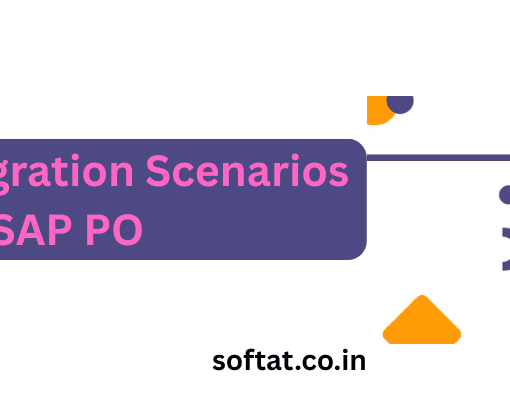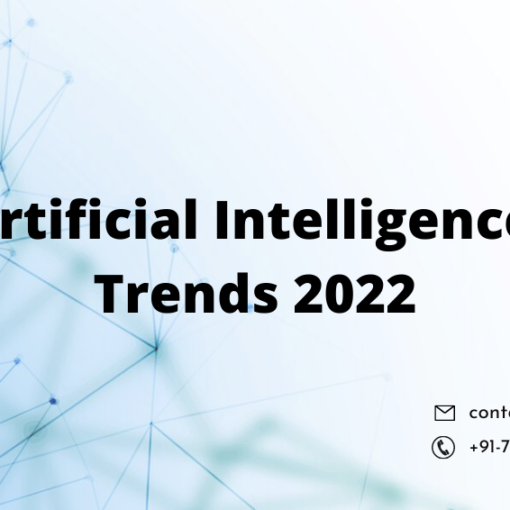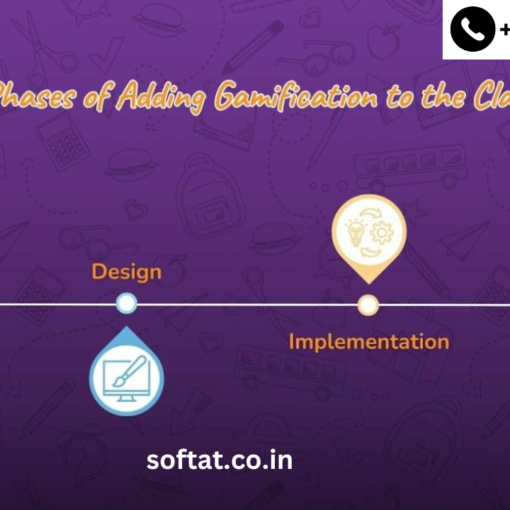What is SAP Controlling?
SAP Controlling is a function that provides you with information for company management decision-making. SAP CO facilitates coordination, monitoring, and optimization of all processes in an organization.
The SAP Controlling module is a part of SAP Finance within the ERP system (Enterprise Resource Planning). Although SAP Controlling is a separate module, it is frequently referred to as SAP FICO (Financial Accounting and Controlling). The SAP CO module is a must-have for any corporation looking to boost profitability through management decisions.
In contrast to the FI module, which is designed to assist external accounting, this module shows the expense and income flow from transactions occurring within the organization for internal management accounting purposes.
Controlling also aids in the monitoring of internal costs within the organization, making it a management resource that allows business stakeholders to assess how well the company is performing. The FI and CO modules serve the same objective; however, SAP FI is used for external reporting, whereas SAP CO is used for internal profit and loss statements and balance sheets reporting.
The SAP CO module facilitates planning, recording, and tracking of business transactions. It also includes methods of monitoring and managing costs required for financial reporting. In other words, it deals with the coordination, optimization, and monitoring of all the business processes within the organization.
SAP FI vs. SAP CO
The SAP accounting modules FI & CO are intended to make accounting systems simpler for businesses. The SAP FI module is the most widely used finance and accounting module. SAP ERP systems perform a variety of accounting tasks automatically, including keeping ledgers, balance sheets, profit & loss statements, and so on. In addition, the SAP FI module assists in the management of fixed assets. The SAP CO module, on the other hand, takes care of cost management.
Additionally, the SAP EC (Enterprise Controlling) module, which includes the components Consolidation (EC-CS) and Profit Center Accounting, which takes over the complete integration of company information to fulfill established organizational objectives (EC-PCA).
Components of SAP Controlling
- Cost Element Accounting
- Cost Center Accounting
- Internal Orders
- Activity-Based Costing (ABC)
- Product Cost Controlling
- Profitability Analysis
- Profit Center Accounting
Cost Element Accounting in SAP Controlling
The Cost Element Accounting component offers information about an organization’s costs and revenues. These positions are updated automatically from FI (Financial Accounting) to CO (Corporate Accounting) (Controlling). The cost elements serve as the foundation for cost accounting, allowing the user to see costs for each of the accounts allocated to the cost element. Cost Centers, Internal Orders, and WBS are examples of accounts that can be assigned (work breakdown structures).
Cost Center Accounting in SAP Controlling
Cost Center Accounting gives information about your company’s expenses. Within SAP, one has the ability to assign Cost Centers to departments and/or Managers responsible for specific areas of the business as well as functional areas within your organization. Marketing, Purchasing, Human Resources, Finance, Facilities, Information Systems, Administrative Support, Legal, Shipping/Receiving, and even Quality can all have their own cost centers.
Key benefits of Cost Center Accounting:
- Managers can set budget/Cost Center targets
- Cost Center visibility of functional departments/areas of your business
- Planning
- Availability of Cost allocation methods
- Assesments/Distribution of costs to other cost objects.
Internal Orders
Internal Orders provide a means of tracking costs of a specific job, service, or task. Internal Orders are used to track costs and business transactions associated with the task. This level of monitoring might be quite expensive, but it allows management to evaluate Internal Order behavior in order to make better decisions.
Activity-Based Costing
Activity-Based Costing allows for a more precise definition of the cost source and the cost-driving process. Cost Center Accounting is improved by Activity-Based Costing since it allows for a process-oriented and cross-functional perspective of your cost centers. It’s also useful for Product Costing and Profitability Analysis.
Product Cost Controlling
Product Cost Controlling enables management to examine product costs and determine the best price(s) at which to promote their products. The planned, actual, and target values are examined in this CO (Controlling) module. The module’s sub-components are:
- Product Cost Planning which includes Material Costing( Cost estimates with Quantity structure, Cost estimates without quantity structure, Master data for Mixed Cost Estimates, Production lot Cost Estimates) , Price Updates, and Reference and Simulation Costing.
- Cost Object Controlling includes Product Cost by Period, Product Cost by Order, Product Costs by Sales Orders, Intangible Goods and Services, and CRM Service Processes.
- Periodic Material Valuation, Actual Costing, and Price Changes are all included in the Actual Costing/Material Ledger.
Profitability Analysis
Profitability Analysis enables Management the authority to review information with respect to the organization’s profit or contribution margin by business segment. Profitability Analysis can be obtained by the following methods:
- Account-Based Analysis is a valuation method that uses an account-based methodology. Cost and revenue element accounts are used in this research. With FI, these accounts may be reconciled (Financial Accounting).
- Cost-Based Analysis employs a user-defined costing-based valuation approach.
Profit Center Accounting
Profit Center Accounting shows how much money a company makes and how much money it loses by profit center. Period accounting or the cost-of-sales technique are two methodologies that can be used for EC-PCA (Profit Center Accounting). Product lines, divisions, geographical regions, offices, production sites, and functions can all be assigned to profit centers. Profit Centers are utilized for internal control purposes, allowing management to examine areas of responsibility within their company. The distinction between a Cost Center and a Profit Center is that the former represents specific costs incurred within a certain period, while the latter contains the cost and revenue balances.
Key Features of SAP Controlling:
Cost Element Accounting:
SAP Controlling enables businesses to track and analyze costs by capturing expenses and revenues associated with specific cost elements. This feature allows organizations to monitor and evaluate costs at a granular level, enabling effective cost control and profitability analysis.
Cost Center Accounting:
Cost Center Accounting in SAP CO facilitates the allocation of costs to different organizational units or cost centers. It helps businesses track and manage costs incurred in various departments or functional areas, enabling better cost control and budgeting. By identifying cost centers, organizations can analyze cost distribution and identify areas for improvement.
Profitability Analysis:
SAP CO provides powerful tools for analyzing profitability. With Profitability Analysis (CO-PA), organizations can evaluate the profitability of different products, customers, market segments, or business units. This enables businesses to identify profitable areas, make informed pricing decisions, and optimize resource allocation.
Internal Orders:
SAP Controlling allows businesses to set up internal orders to monitor and control costs related to specific projects, campaigns, or initiatives. Internal Orders provide insights into project-specific expenses, enabling effective tracking of costs, budgeting, and variance analysis.
Product Costing:
SAP CO supports Product Costing, which involves determining the cost of goods manufactured or services rendered. This feature helps organizations calculate and analyze the cost of producing goods or delivering services, taking into account various factors such as material costs, labor costs, and overheads. Accurate product costing helps businesses make pricing decisions, assess profitability, and identify areas for cost optimization.




